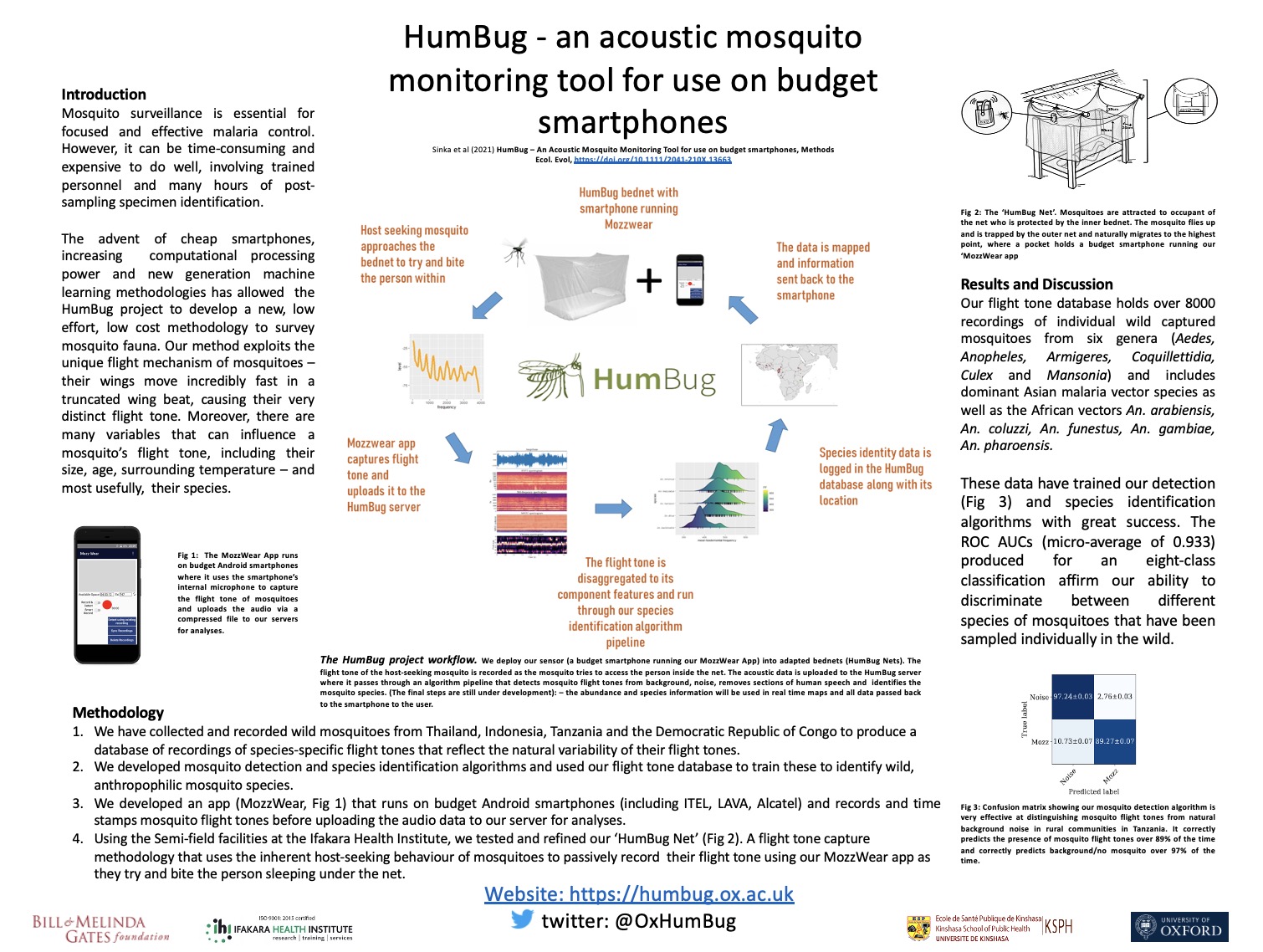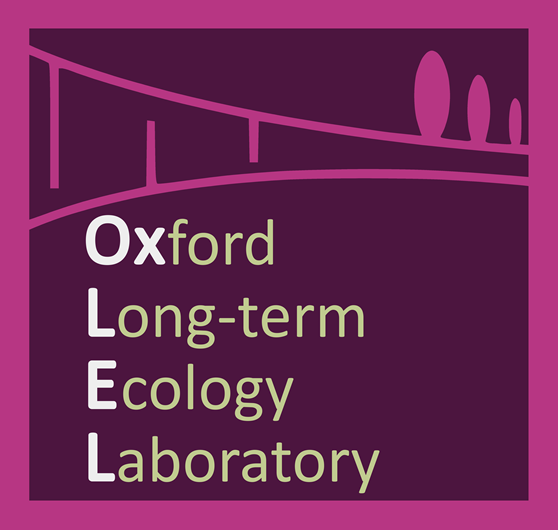HumBug: we are using smartphones to record and identify mosquitoes by their flight tones
Description
Mosquitoes are notoriously dangerous, responsible for over one billion cases of disease and around a million deaths each year. Malaria alone kills more than 400,000 people each year and viruses carried by mosquitoes, such as yellow fever, dengue and zika, are emerging, spreading and increasingly impacting on human health.
To tackle these crippling global diseases requires targeted control of their vector, the mosquito. This in turn relies upon detailed knowledge of the distribution, diversity and abundance of mosquitos in space and time. Current mosquito survey methods are time consuming, expensive, spatially limited and can put those conducting them at risk of catching the vector borne diseases they are trying to prevent. Consequently, there is an urgent need to find new, automated and reliable survey methods.
HumBug is our response. We have developed a new system to detect and identify different species of mosquitoes using the acoustic signature (sound) of their flight tones captured on a smartphone. By using sound to identify different species, this new system can generate unprecedented levels of urgently needed high-quality, spatially accurate mosquito occurrence data without incurring any risk to those conducting the surveys. It is low cost, running on budget smartphones using our MozzWear app. The app captures and records the mosquito flight tones employing the inbuilt phone microphone as an acoustic sensor. The recordings, along with the time and location, are uploaded by the app to a central server where the species is identified using a suite of algorithms that distinguish between species according to their acoustic signature.

The HumBug project workflow. We deploy our sensor (a budget smartphone running our MozzWear App) into adapted bednets (HumBug Nets). The flight tone of the host-seeking mosquito is recorded as the mosquito tries to access the person inside the net. The acoustic data is uploaded to the HumBug server where it passes through an algorithm pipeline that detects mosquito flight tones from background, noise, removes sections of human speech and identifies the mosquito species. (The final steps are still under development): – the abundance and species information will be used in real time maps and all data passed back to the smartphone to the user.
The project has received funding from the Bill and Melinda Gates Foundation allowing us to further advance this innovative system in Sub-Saharan Africa.
More information is available on the project website: https://humbug.ox.ac.uk
Project Details
People
Funders
Bill and Melinda Gates Foundation

 Dr. Marianne Sinka
Dr. Marianne Sinka Dr. Rinita Dam
Dr. Rinita Dam Eva Herreros Moya
Eva Herreros Moya Professor Katherine J. Willis
Professor Katherine J. Willis